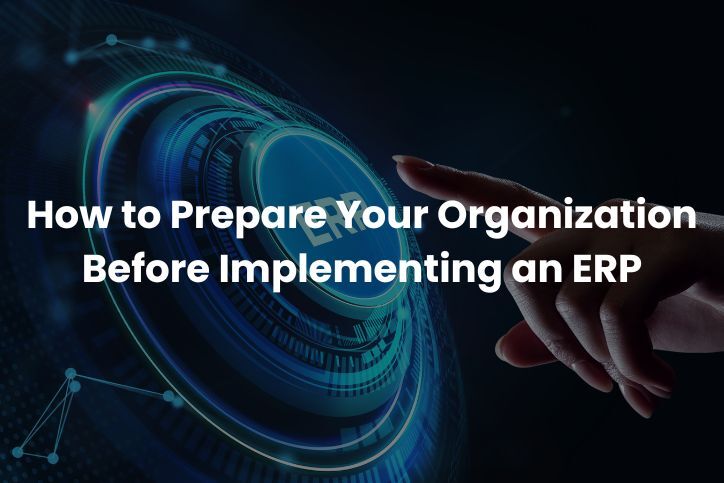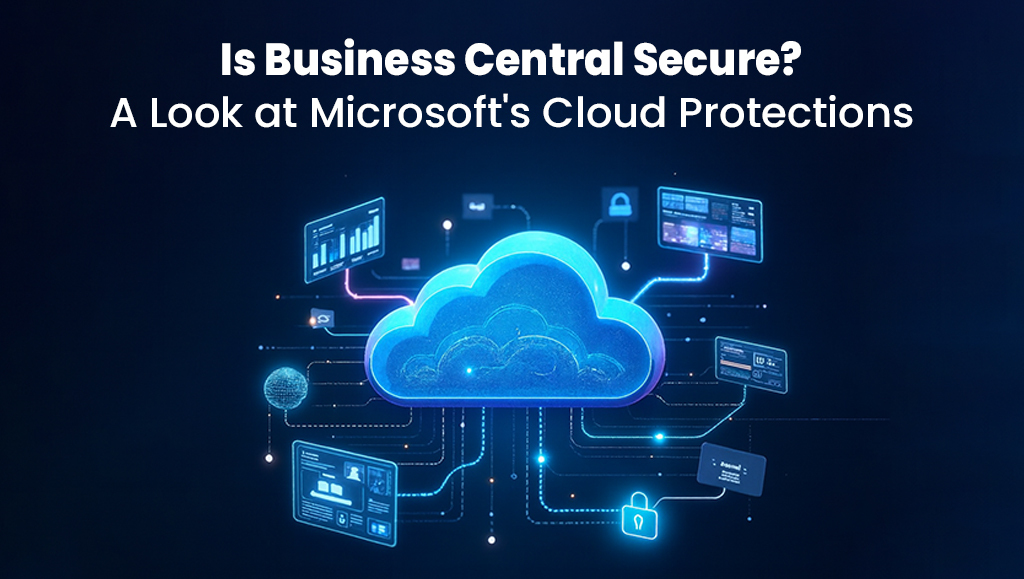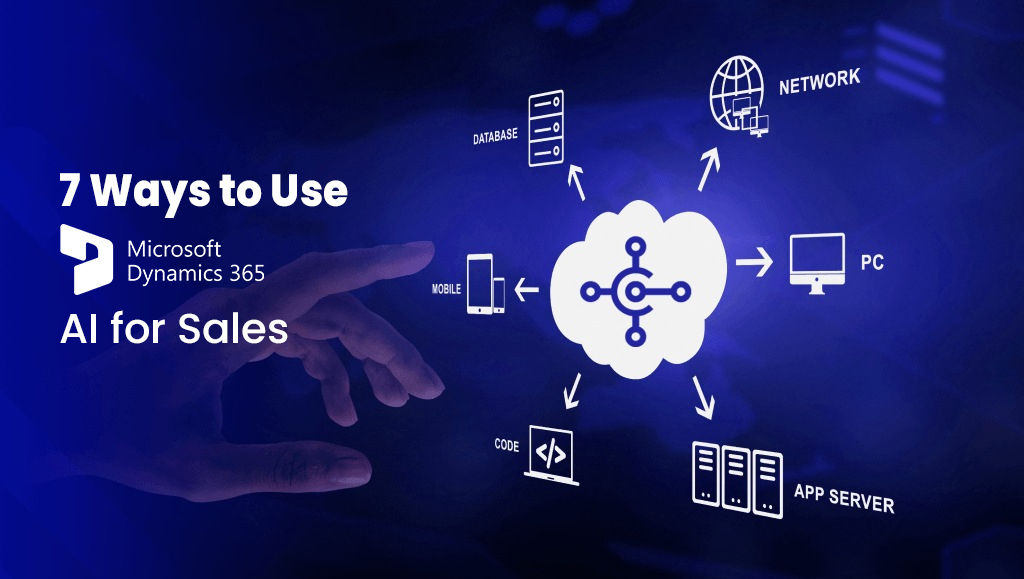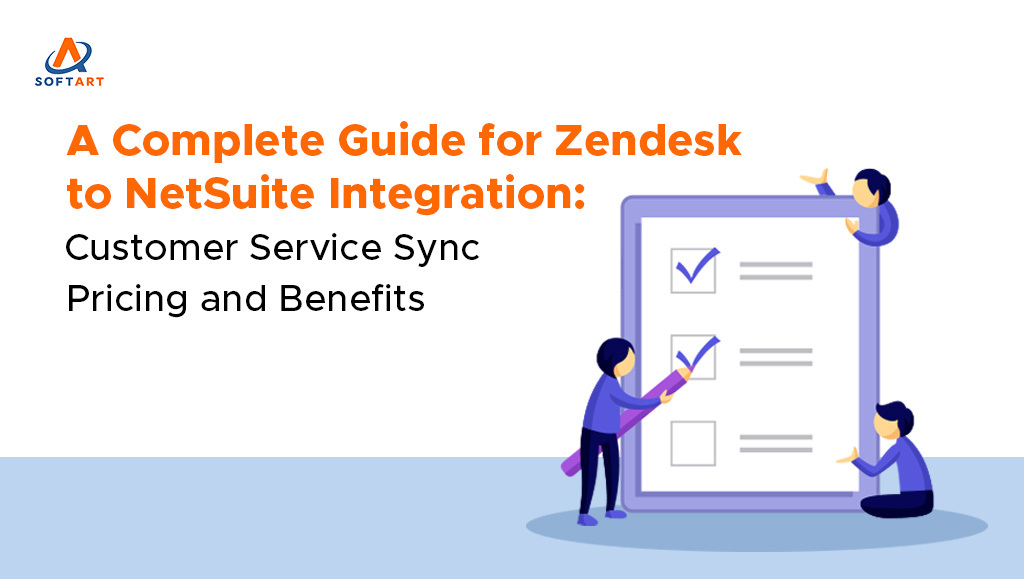Getting an ERP system for your business can completely change the way you work, for the better. But if you jump in without the right prep, it can also burn a hole in your pocket. In fact, almost half of ERP projects don’t live up to expectations not because the software is bad but because the planning wasn’t strong enough.
So, if you’re thinking about moving to a modern system like Oracle ERP implementation and remember it’s not just about buying the software. You need to get your team, processes and data ready before the switch.
In this blog, we’ll walk you through the key steps to prepare for ERP implementation, the common mistakes businesses make and a simple 5-step framework that will help you get real value from your ERP investment.
Why ERP Preparation Matters More Than Technology
ERP is more than an IT investment. It touches every function of your business, finance, HR, supply chain, operations and customer service.
When businesses fail to prepare, they often face:
- Disrupted workflows due to poor planning.
- Data chaos when inaccurate information migrates to the new system.
- Employee resistance because of inadequate training or communication.
- Overbudget projects caused by hidden costs and delays.
In contrast, organizations that prepare thoroughly:
- See 30–50 percent faster adoption across teams.
- Achieve higher ROI within the first 18–24 months.
- Minimize disruption to daily operations during rollout.
The takeaway? ERP preparation is not optional. It is the foundation of long-term success.
ERP Implementation Preparation Steps You Cannot Skip
Getting ERP right isn’t about luck, it’s about preparation. Here are the essential ERP implementation preparation steps every organization should take before starting the journey.
1. Define Business Goals and Success Metrics
Before you dive into vendor selection, get crystal clear on what ERP should achieve for your organization.
Ask these questions:
- Do you want to reduce manual reporting in finance?
- Is your goal to streamline procurement or inventory?
- Do you need real-time analytics for faster decisions?
Example: A manufacturing company may set a goal to reduce supply chain lead times by 20 percent. A retail business may want ERP to unify its multi-location sales data.
Action Step: Document 3–5 measurable KPIs to track post-implementation success, such as:
- Closing financial books in under 5 days.
- Improving order accuracy to 98 percent.
- Cutting procurement cycle time by 30 percent.
2. Secure Executive Sponsorship
ERP is a high-stakes project. Without visible leadership support, teams may treat it as “just another IT initiative.”
Your executive sponsor should:
- Champion ERP as a business transformation, not just a tech upgrade.
- Secure funding and approve key decisions.
- Act as the voice of leadership to drive enthusiasm across teams.
Pro Tip: Pick a sponsor who is respected company-wide, such as the CFO or COO. Their active involvement signals that ERP is a top business priority.
3. Evaluate Current Systems and Clean Your Data
Legacy systems often house fragmented, duplicate, or outdated data. Migrating this data without cleansing is like building a house on a shaky foundation.
Steps to prepare:
- Audit current systems for gaps, inefficiencies and redundancies.
- Identify processes that are manual, paper-based, or siloed.
- Cleanse your data by removing duplicates, correcting errors and standardizing formats.
Real-world scenario: A global distributor migrating to Oracle ERP implementation and discovered that 40 percent of its supplier records were duplicates. By cleansing data upfront, they avoided integration issues and saved hundreds of hours post-implementation.
4. Assemble a Skilled ERP Project Team
ERP cannot succeed with IT alone. It requires a cross-functional team that represents the entire business.
Your core team should include:
- Project Manager: oversees execution and manages risks.
- Business Process Owners: ensure ERP reflects actual workflows.
- IT/Technical Experts: handle configurations and integrations.
- Change Management Leads: promote user adoption.
- End-User Representatives: provide practical input for usability.
Best Practice: Create a RACI chart (Responsible, Accountable, Consulted, Informed) so every stakeholder knows their role during the project.
5. Select the Right ERP Implementation Partner
Choosing a trusted Oracle ERP Implementation Partner in USA can be the difference between success and frustration.
A strong partner brings:
- Deep expertise across Oracle, NetSuite and Microsoft Dynamics 365.
- Proven case studies in industries similar to yours.
- Tailored guidance for both technical deployment and business alignment.
- Long-term support post-go-live, not just during rollout.
SoftArt has guided enterprises through complex ERP transitions, helping how to prepare for ERP implementation, reduce risks, accelerate adoption and maximize ROI.
6. Build a Comprehensive Change Management Plan
ERP affects how employees work daily, from logging expenses to fulfilling orders. Without proper change management, resistance will slow adoption.
Your plan should include:
- Transparent communication about ERP’s purpose and benefits.
- Customized training programs by department and role.
- Feedback mechanisms like surveys or workshops to address concerns.
- Recognition programs to reward early adopters.
Tip: Share success stories from other departments during rollout. Peer-to-peer influence accelerates buy-in.
7. Set a Realistic Timeline and Budget
ERP projects often fail because companies underestimate time and cost.
Factors to consider:
- Timeline: 6–18 months depending on scope. Large, multi-module projects may take longer.
- Budget: Include software licensing, implementation, integration, data migration, training and ongoing support.
- Hidden Costs: Downtime during transition, customizations and additional hardware.
Pro Insight: Build a 10–15 percent contingency buffer for unforeseen challenges.
The 5-Step ERP Success Framework
Here’s a simple way to get ready for ERP without the usual chaos:
- Discovery & Alignment: First, get clear on what the business really wants and the key numbers to track success.
- System Check: Take a good look at old systems, clean up messy data and fix the way work flows.
- Right Partner: Choose an ERP partner who knows your industry and won’t let you go wrong.
- People & Change: Train the team, keep everyone in the loop and make the shift easy for employees.
- Execution & Review: Don’t rush. Go step by step, track results and fine-tune along the way.
Why this works: It keeps things organized, avoids expensive mistakes and makes sure ERP adds real value, not just new software.
Pitfalls to Avoid During ERP Preparation
Even well-intentioned businesses stumble due to these mistakes:
- Skipping goal alignment and focusing only on software features.
- Migrating flawed or incomplete data.
- Over-customizing ERP, which complicates upgrades.
- Neglecting change management and training.
- Choosing a partner based only on cost.
Avoid these pitfalls to protect your investment and timeline.
ERP Readiness Checklist
Use this quick checklist to see if your business is ready for ERP:
- Have you defined 3–5 measurable business objectives?
- Is executive sponsorship secured?
- Has data been audited and cleansed?
- Is there a cross-functional ERP team in place?
- Have you selected a trusted Oracle ERP partner?
- Is a change management and training plan ready?
- Have you accounted for contingencies in budget and timeline?
If most boxes are checked, your organization is well-prepared for ERP implementation.
Time, Cost and ROI Expectations
Before diving into ERP it’s important to understand how much time it may take the costs involved and when you can realistically expect to see returns on your investment.
| Factor | Typical Range | Key Considerations |
|---|---|---|
| Implementation Time | 2–12 months | Based on modules, customizations, company size |
| Cost (Mid–Large Business) | $30K – $500K | Includes software, integration, migration, training |
| ROI Timeline | 6–16 months | Efficiency gains, reduced manual work, faster insights |
Well-prepared organizations often recover costs faster because they avoid rework and adoption delays.
Turning ERP Preparation into Real Business Value!
ERP is more than just new software. If done right then it helps a business run smoother and grow stronger in the long run. Small steps like setting goals, cleaning up data, preparing teams and working with the right partner create the base for success.
SoftArt Solutions Inc. makes the whole ERP journey easier. A free consultation can help map out the right approach for lasting results.
Frequently Asked Questions:
Q1. Why do ERP projects flop so often?
Ans. Honestly, it’s rarely the software’s fault. What really messes things up is bad planning, old messy data, or the team not being on board with the change.
Q2. What’s the very first thing we should do before ERP?
Ans. Think about the basics. Clean your data, decide what exactly you want ERP to fix, and talk to your team so they know this isn’t “just another IT thing.”
Q3. Do we really need to train staff for ERP?
Ans. Absolutely. ERP is new for them, and without training people get frustrated. Even a short training session makes everyone a lot more comfortable.
Q4. How long does an ERP rollout usually take?
Ans. No single answer here. Smaller companies can be ready in a few months, but big businesses may need close to a year. The better you prepare, the quicker it moves.
Q5. Why bother so much with preparation?
Ans. Because skipping prep costs way more later. If you take time upfront, you avoid errors, reduce costs, and make sure ERP actually helps your business grow.







![Duplicate Data in Dynamics 365 [What It Costs and How to Fix It]!](https://softartsolutionsinc.com/wp-content/uploads/2025/12/duplicate-data-in-dynamics-365-what-it-costs-and-how-to-fix-it.jpg)

